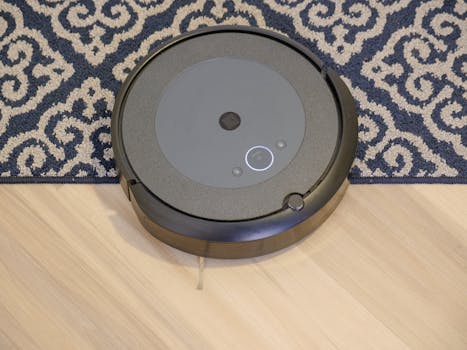
Smart Homes and Smart Living: The Technological Transformation of European Homes by 2025
Smart Homes and Smart Living is becoming increasingly popular in Europe, with the majority of households expected to be equipped with smart technology by 2025. This technological transformation is changing the way we live and interact with our living spaces, making our homes more comfortable, convenient, and energy-efficient.
Introduction to Smart Homes
A smart home is a residence that is equipped with advanced technology and automation systems, allowing for remote monitoring and control of various aspects of the home, such as lighting, temperature, security, and entertainment. The concept of smart homes has been around for several decades, but it’s only in recent years that the technology has become more affordable and accessible to the masses.
Benefits of Smart Homes
The benefits of smart homes are numerous, and they can be broadly categorized into three main areas: convenience, energy efficiency, and security. Smart homes offer unparalleled convenience, allowing homeowners to control various aspects of their home with the touch of a button or voice command. Smart thermostats, for example, can learn a homeowner’s schedule and preferences, adjusting the temperature accordingly to optimize energy efficiency and comfort.
Smart Home Devices and Automation Systems
There are various smart home devices and automation systems available in the market, ranging from simple devices such as smart plugs and light bulbs to more complex systems such as home security cameras and doorbells. Some of the most popular smart home devices include Amazon Echo, Google Home, and Apple HomePod, which can be integrated with various smart home devices to create a seamless and automated living experience.
European Smart Home Market
The European smart home market is expected to experience significant growth in the next few years, driven by increasing demand for smart home devices and automation systems. According to a report by MarketsandMarkets, the European smart home market is projected to grow from $14.3 billion in 2020 to $43.6 billion by 2025, at a Compound Annual Growth Rate (CAGR) of 24.9% during the forecast period.
Challenges and Limitations
Despite the numerous benefits of smart homes, there are also several challenges and limitations that need to be addressed. One of the major concerns is the issue of data privacy and security, as smart home devices can collect and transmit sensitive information about a homeowner’s habits and preferences. Additionally, the high cost of smart home devices and automation systems can be a barrier to adoption, particularly for low-income households.
Conclusion
In conclusion, the European home is undergoing a significant transformation, driven by technological advancements in smart home devices and automation systems. By 2025, it’s estimated that the majority of European homes will be equipped with smart technology, revolutionizing the way we live and interact with our living spaces. While there are several challenges and limitations that need to be addressed, the benefits of smart homes are undeniable, and it’s expected that they will play a major role in shaping the future of European homes.
Future of Smart Homes
The future of smart homes is exciting and uncertain, with several trends and technologies expected to shape the industry in the next few years. Some of the key trends include the increasing use of artificial intelligence and machine learning, the growth of voice-controlled devices, and the development of more advanced automation systems. As the smart home market continues to evolve, it’s expected that we will see more innovative and integrated solutions that will make our homes even more comfortable, convenient, and sustainable.
Impact on Society
The impact of smart homes on society will be significant, with several benefits and challenges that need to be considered. One of the major benefits is the potential to improve energy efficiency and reduce greenhouse gas emissions, which will contribute to a more sustainable future. Additionally, smart homes can improve the quality of life for elderly and disabled individuals, providing them with more independence and autonomy. However, there are also several challenges that need to be addressed, including the issue of data privacy and security, and the potential for smart homes to exacerbate social isolation and loneliness.
Conclusion
In conclusion, the technological transformation of European homes is underway, and it’s expected that smart homes will play a major role in shaping the future of European living. While there are several challenges and limitations that need to be addressed, the benefits of smart homes are undeniable, and it’s expected that they will make a significant contribution to a more sustainable, comfortable, and convenient living experience.
References
MarketsandMarkets. (2020). European Smart Home Market by Component, by Service, by Application, by Region – Global Forecast to 2025.
Statista. (2022). Smart home market size in Europe from 2018 to 2025.
EU Smart Home Initiative. (2022). Smart Home Solutions for a Sustainable Future.






